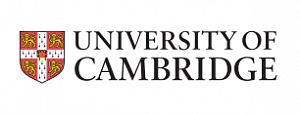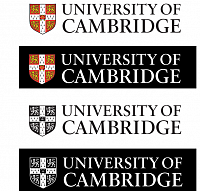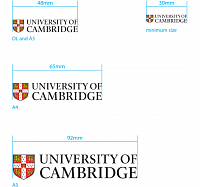Cambridge university
Ке́мбриджский университет (англ. University of Cambridge, лат. Universitas Cantabrigiensis) — по времени основания второй университет в Великобритании после Оксфордского и четвёртый в мире; один из «старинных университетов» Великобритании и Ирландии, один из наиболее известных университетов мира, член элитной Группы «Рассел». Университет вырос из собрания ученых людей города Кембриджа, которое было образовано, судя по летописям, в 1209 году учеными, покинувшими город Оксфорд из-за того, что оксфордский студент убил жительницу города. В 1214 году были составлены формальные университетские правила. По ним назначался ректор и программа с экзаменами в конце. В средневековье все знания об окружающем мире получали в монастырях. Главным отличием от монастырей в них стало обучение наукам, философии, логике, математике. Университеты Кембриджа и Оксфорда часто вместе называют «Оксбридж». Вдобавок к прочному месту в истории британского общества, у этих университетов имеется долгая история соперничества друг с другом. Среди людей, так или иначе связанных с Кембриджским университетом, 88 нобелевских лауреатов — по этому показателю он занимает одно из первых мест среди высших учебных заведений мир. Кембриджский университет представляет собой определенное объединение (конфедерацию) колледжей (31). Учебная и исследовательская работа со студентами и аспирантами проходит в школах (их 6: Arts and Humanities; Humanities and Social Sciences; Biological Sciences; Physical Sciences; Clinical Medicine; Technology), которые состоят из факультетов и кафедр. Жизнь и работа колледжей регулируется их собственными уставами и правилами. Каждый колледж имеет своих представителей в совете университета. Среди подразделений университета — Кембриджская обсерватория, Кавендишская лаборатория, где было синтезировано более двухсот изотопов (одно из наибольших количеств среди лабораторий мира).

|
Core element.
The logo consists of the coat of arms and the University of Cambridge logotype. As shown opposite, these two elements must always be reproduced together. The logo should not be redrawn, digitally manipulated or altered. It must always be positioned on the left (see page 10). The logo must always be reproduced from a digital master reference. This is available in eps, jpeg and gif format. Please ensure the appropriate artwork format is used (a Raven password is required). www.admin.cam.ac.uk/offices/communications/services/logos/ File formats eps: professional usage jpeg: desktop publishing gif: digital usage Colour The logo only appears in the four colour variants shown on this page. Black, Red Pantone 032, Yellow Pantone 109 and white coat of arms with black or white name. Single colour black or white. Please try to avoid any other colour combinations. CMYK breakdowns will be determined by individual application software. Red Pantone 032 R237 G41 B57 Yellow Pantone 109 R254 G209 B0 These colours are unique to the logo and should not be used elsewhere on our communications. See page 15 for our colour palette. Yellow Pantone 109 can be replaced with Gold Pantone 872. Accessibility The logo must always have good contrast with the background to ensure maximum impact and accessibility.
|

|
Recommended sizing.
Logo size consistency is important when producing a wide range of communications. A size formats Shown here are the recommended sizes for reproduction across various A series formats. DL 48mm A5 48mm A4 65mm A3 92mm Placement The logo always appears in a set size and position on all our communications. See pages 10–11 Minimum size Our logo must be clearly visible and reproduced consistently. For this reason a minimum size has been established. The size is 30mm measured across the width of the logo. The logo does not have a maximum reproduction size. Alternative sizes The logo is reduced or enlarged proportionately to accommodate alternative sizes. It must never be compressed or expanded but always scaled up or down in proportion. Measurements A and B must always be the same.
|

|
Palette.
The core colour palette is shown opposite (middle row). It should be used on all our communications. A set of tonally darker and lighter colours have been developed in order to support the six core colours. These 12 supporting colours are designed to work with the core colours, in various combinations. They should be used to add depth and variety. There is no set colour for departments or areas of the University. Any of the 18 colours within the palette may be used for any communication. Attention should be given to the use of appropriate colours. Minimal colour usage is often the most effective. Please see pages 32–34 for example applications.
|
|
|
|